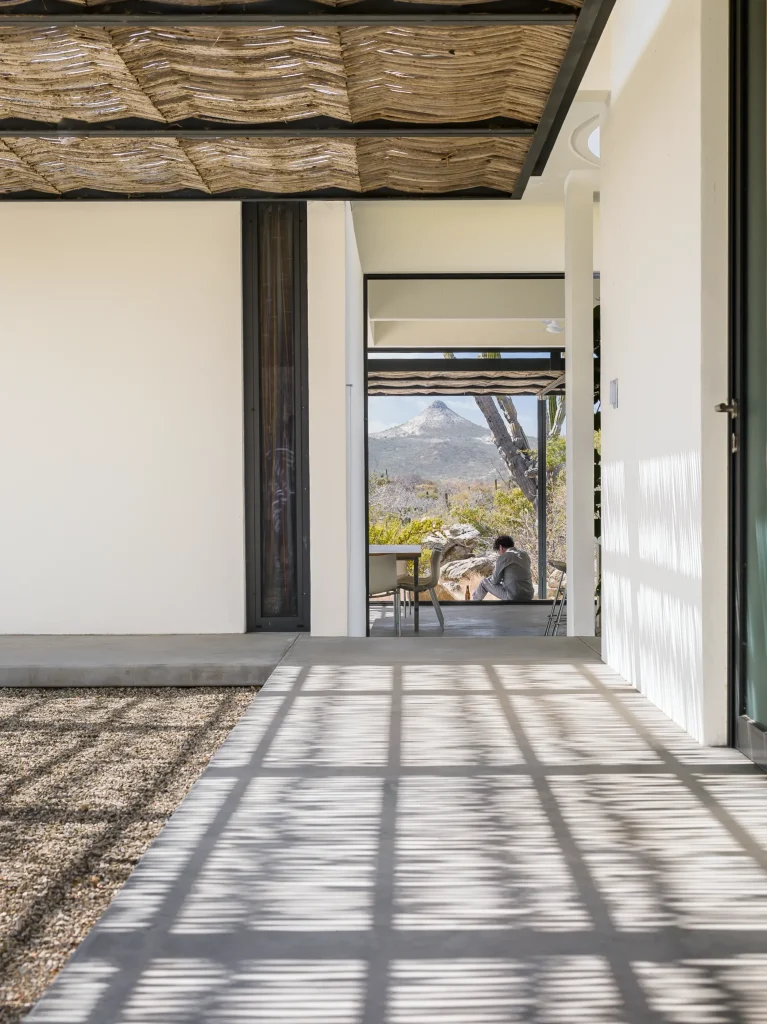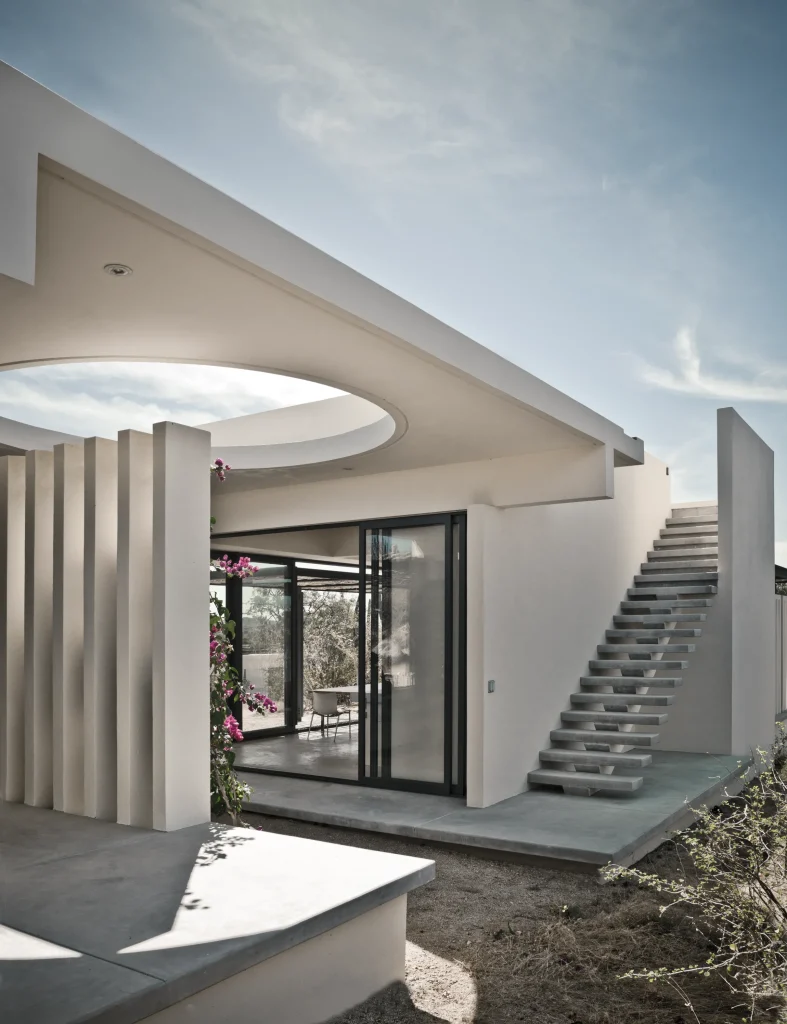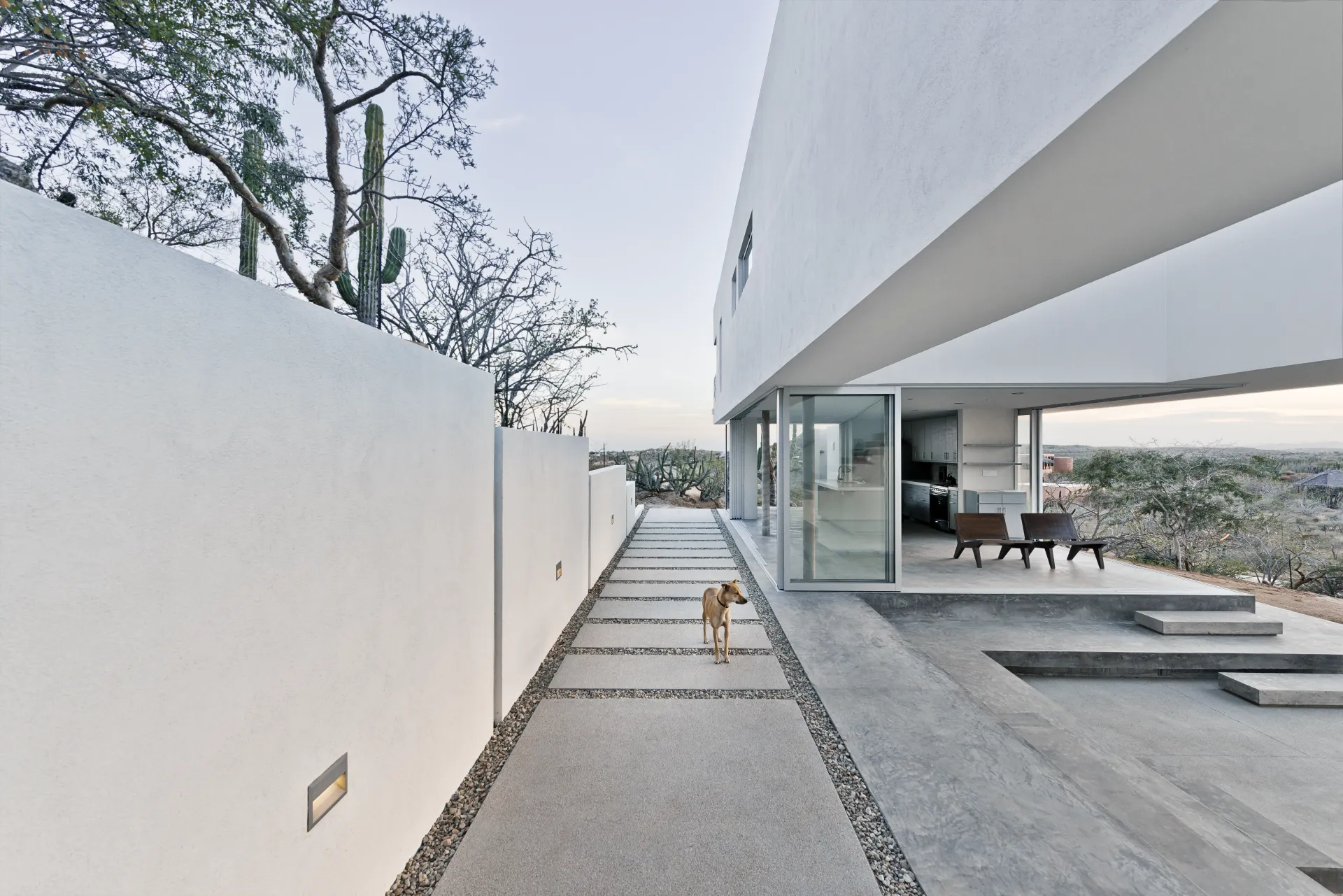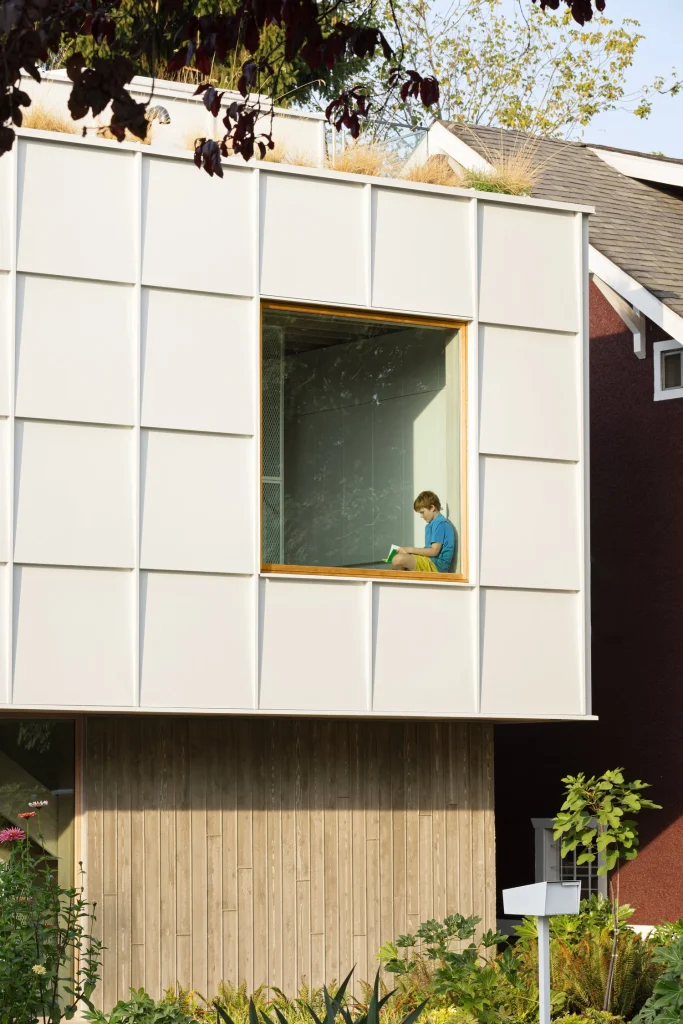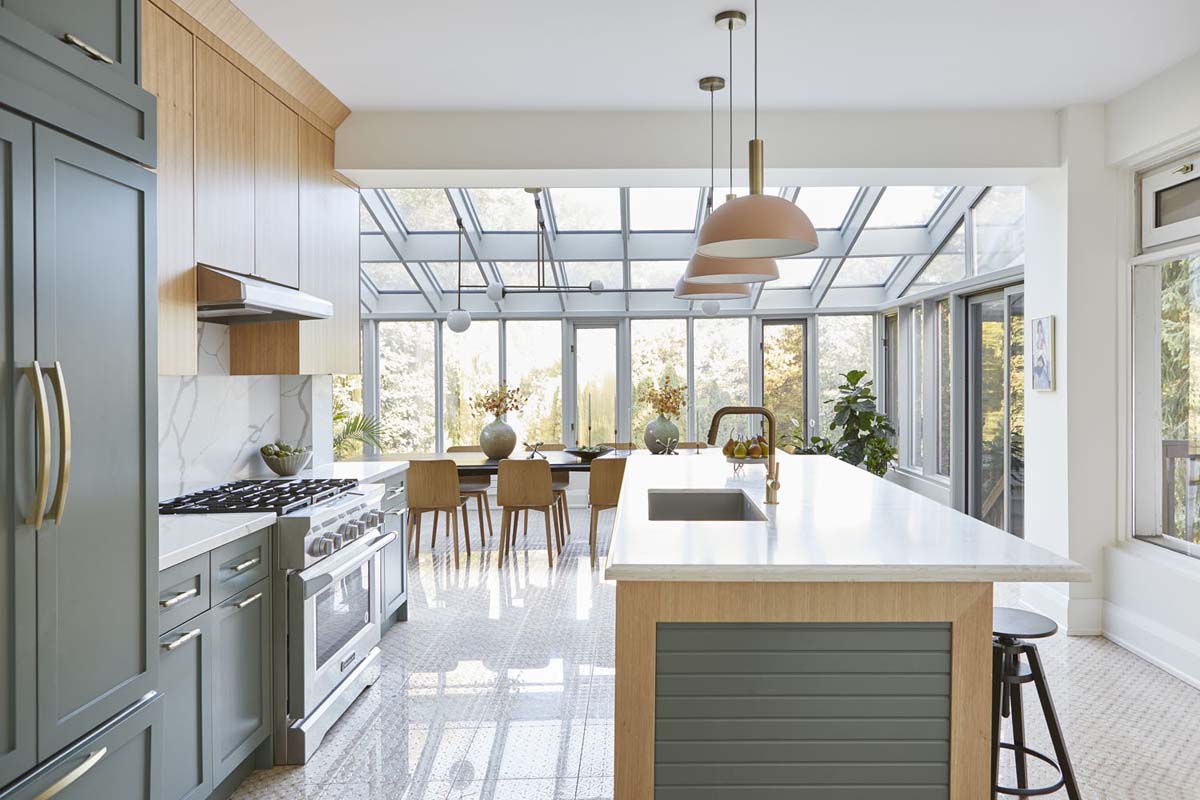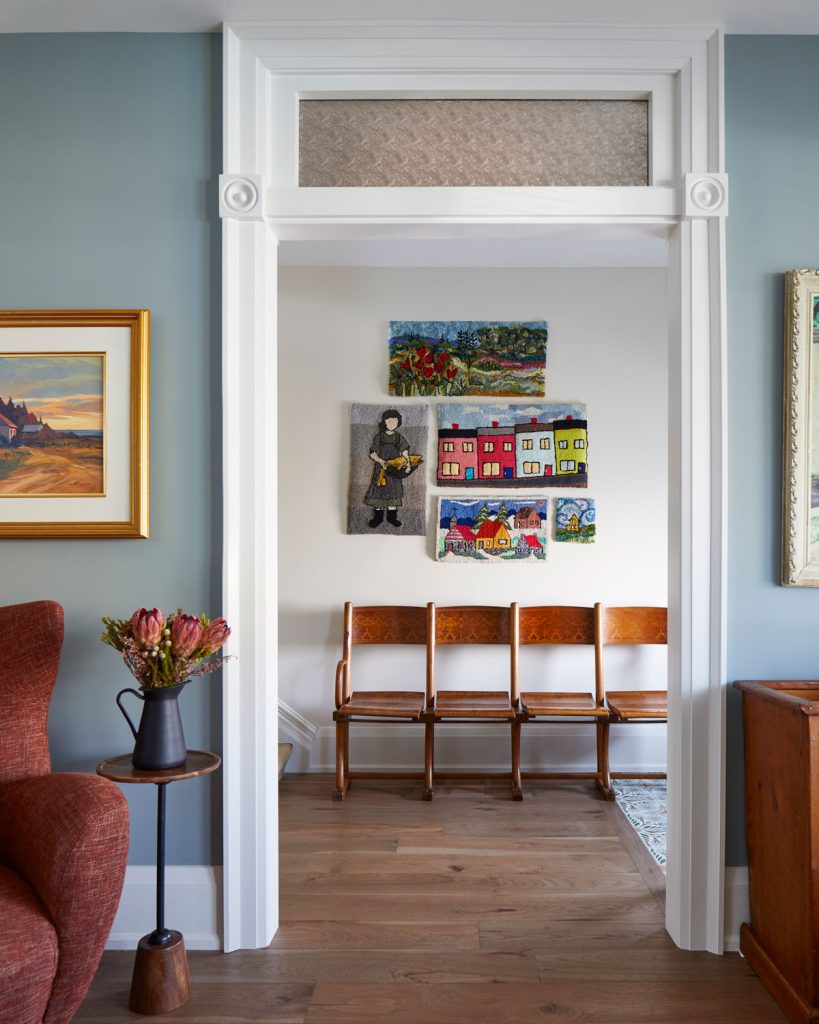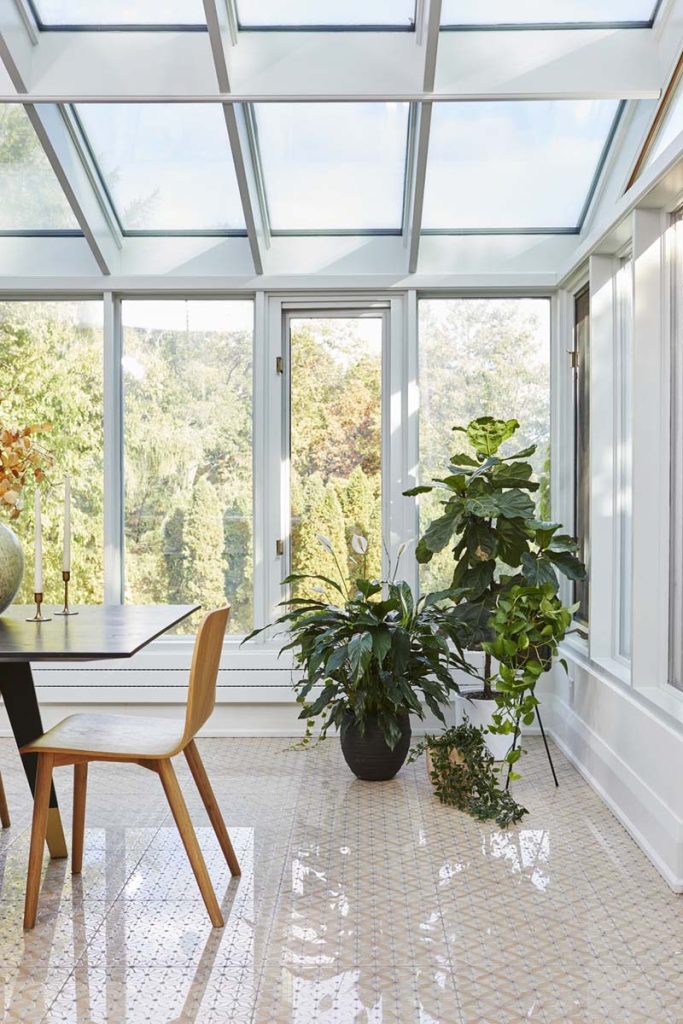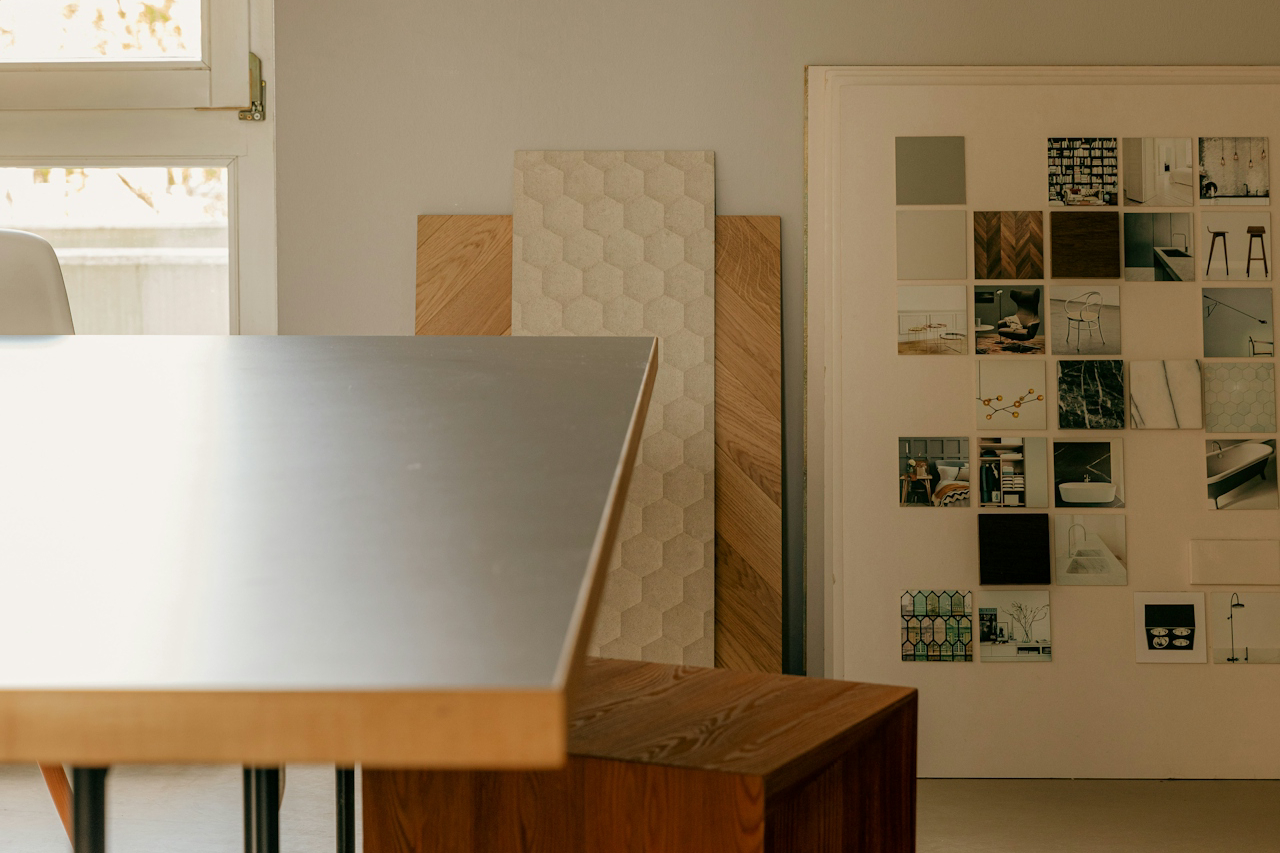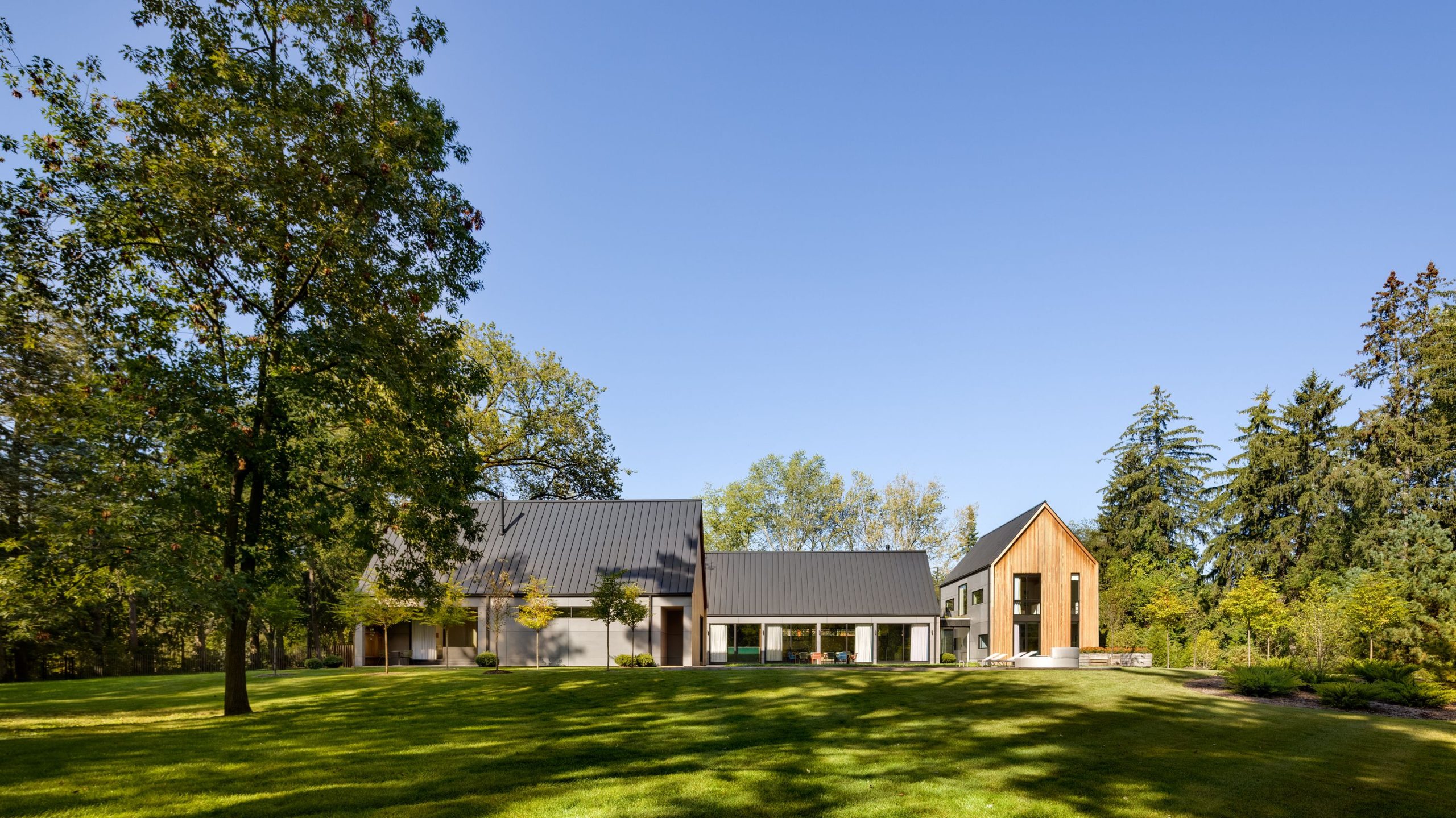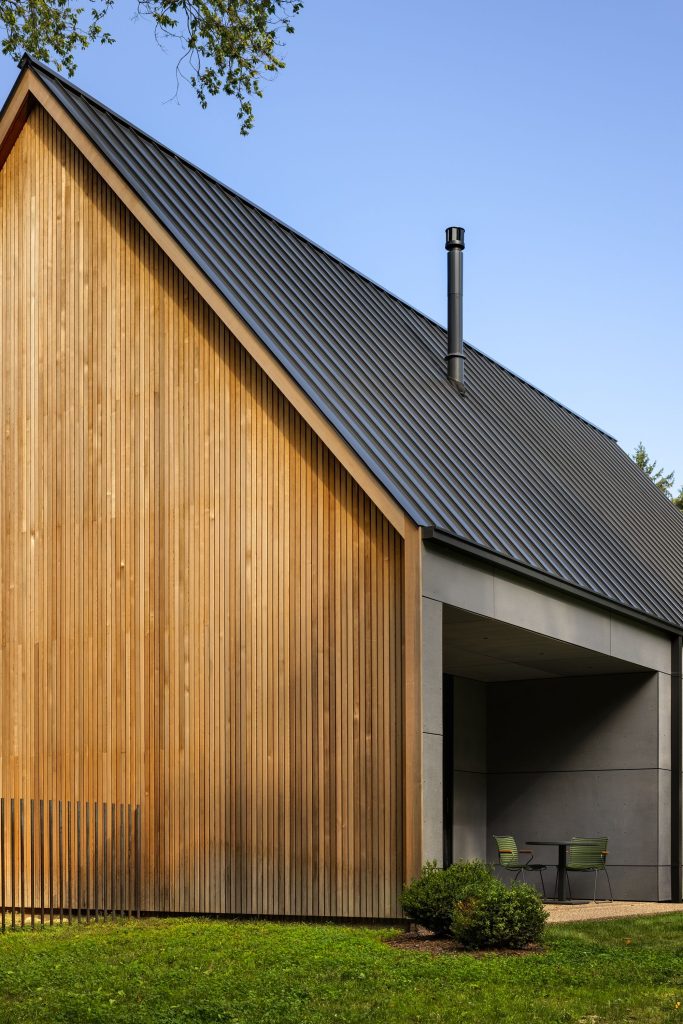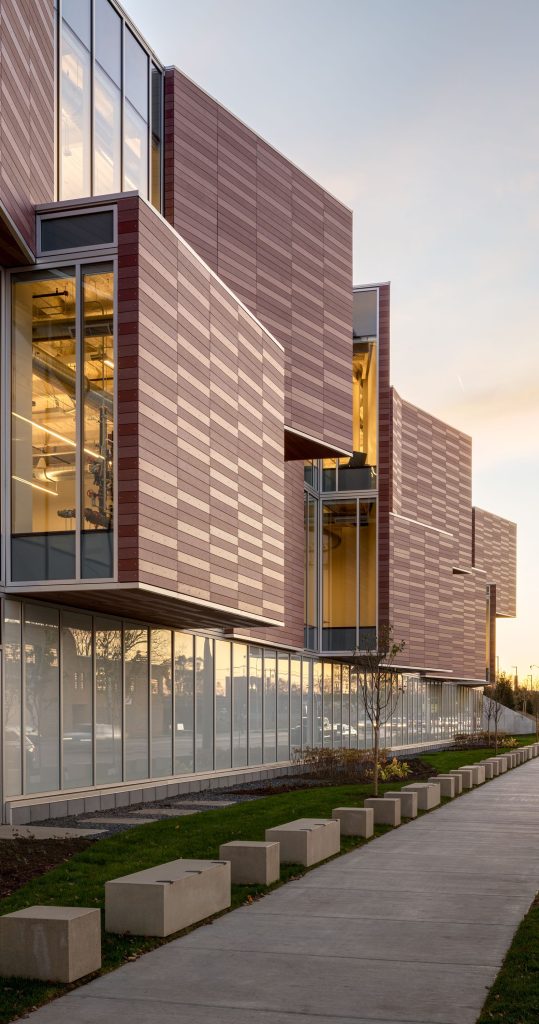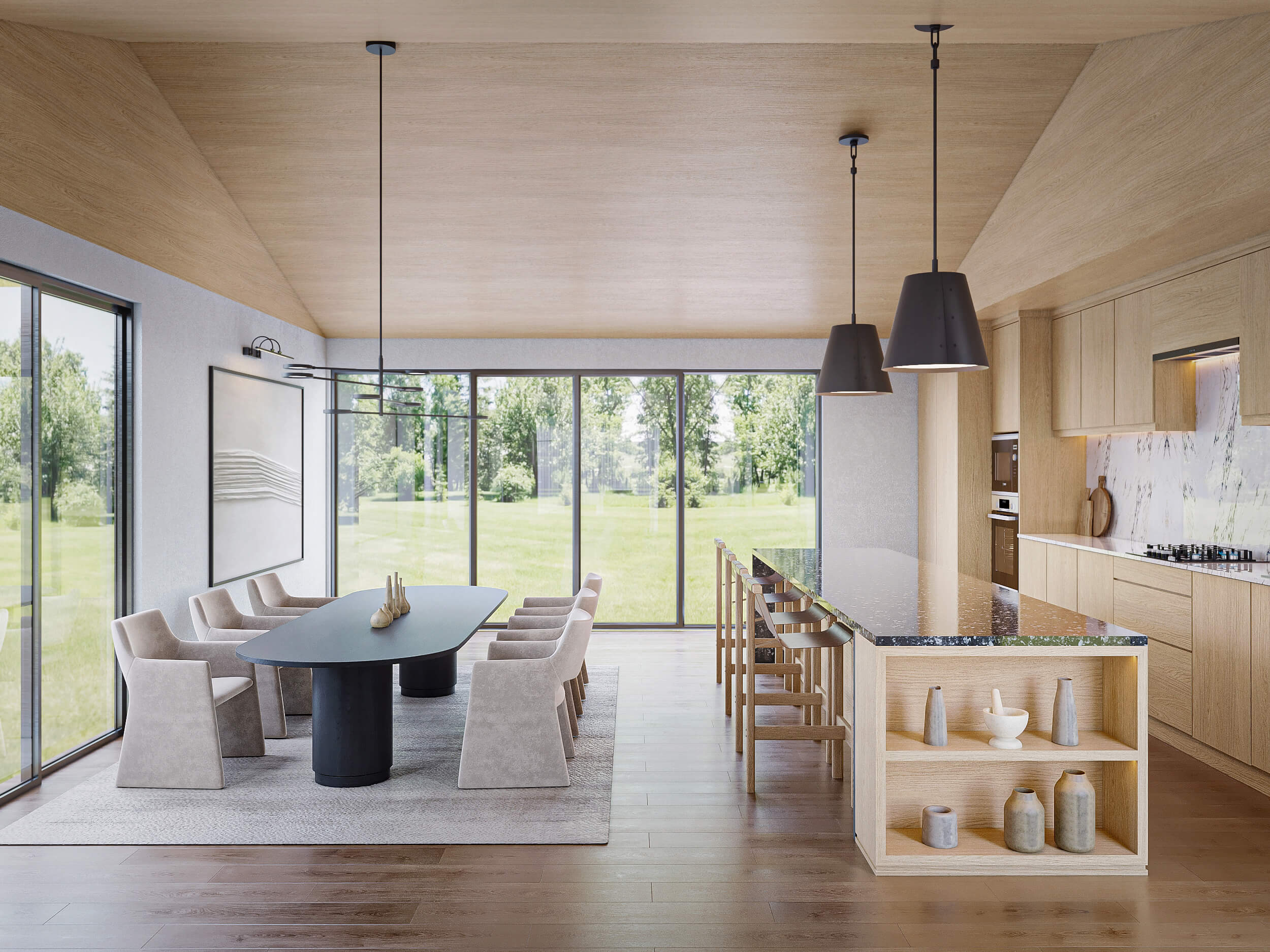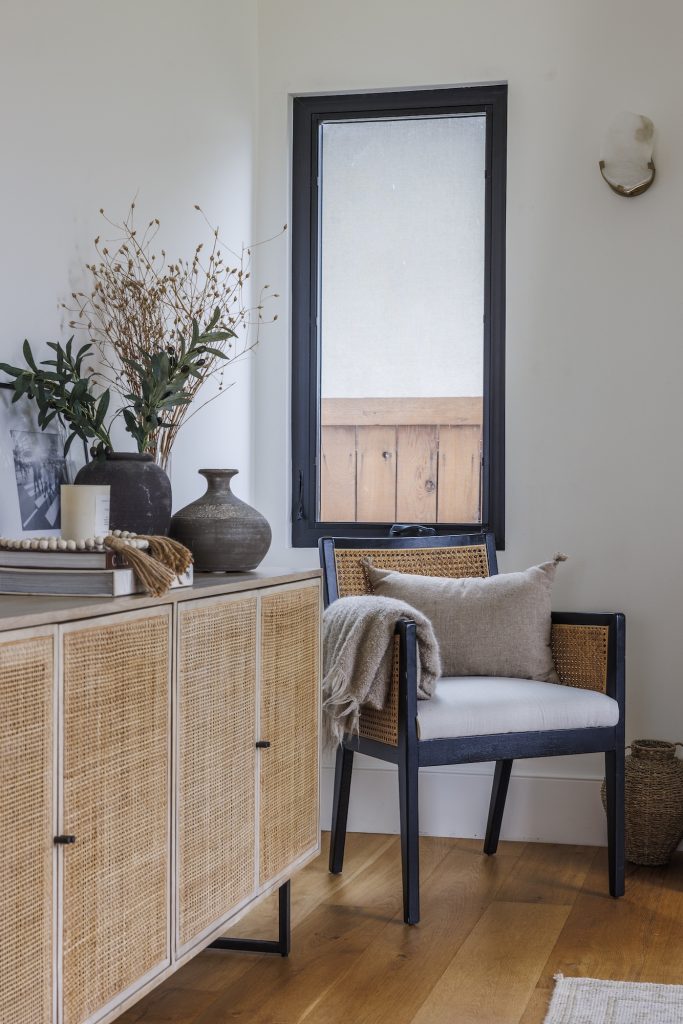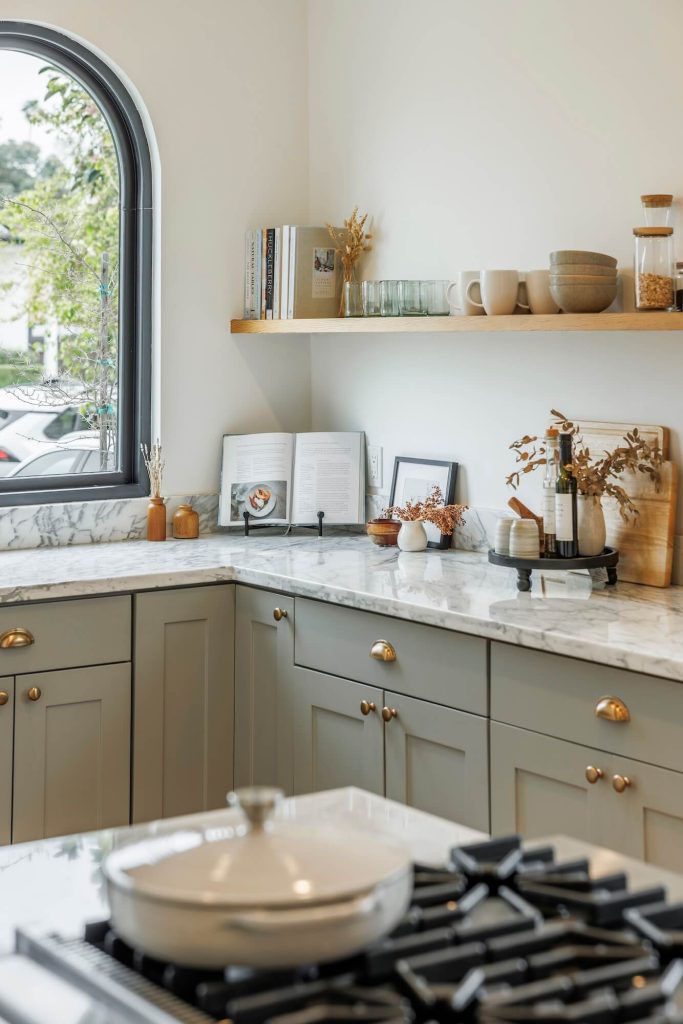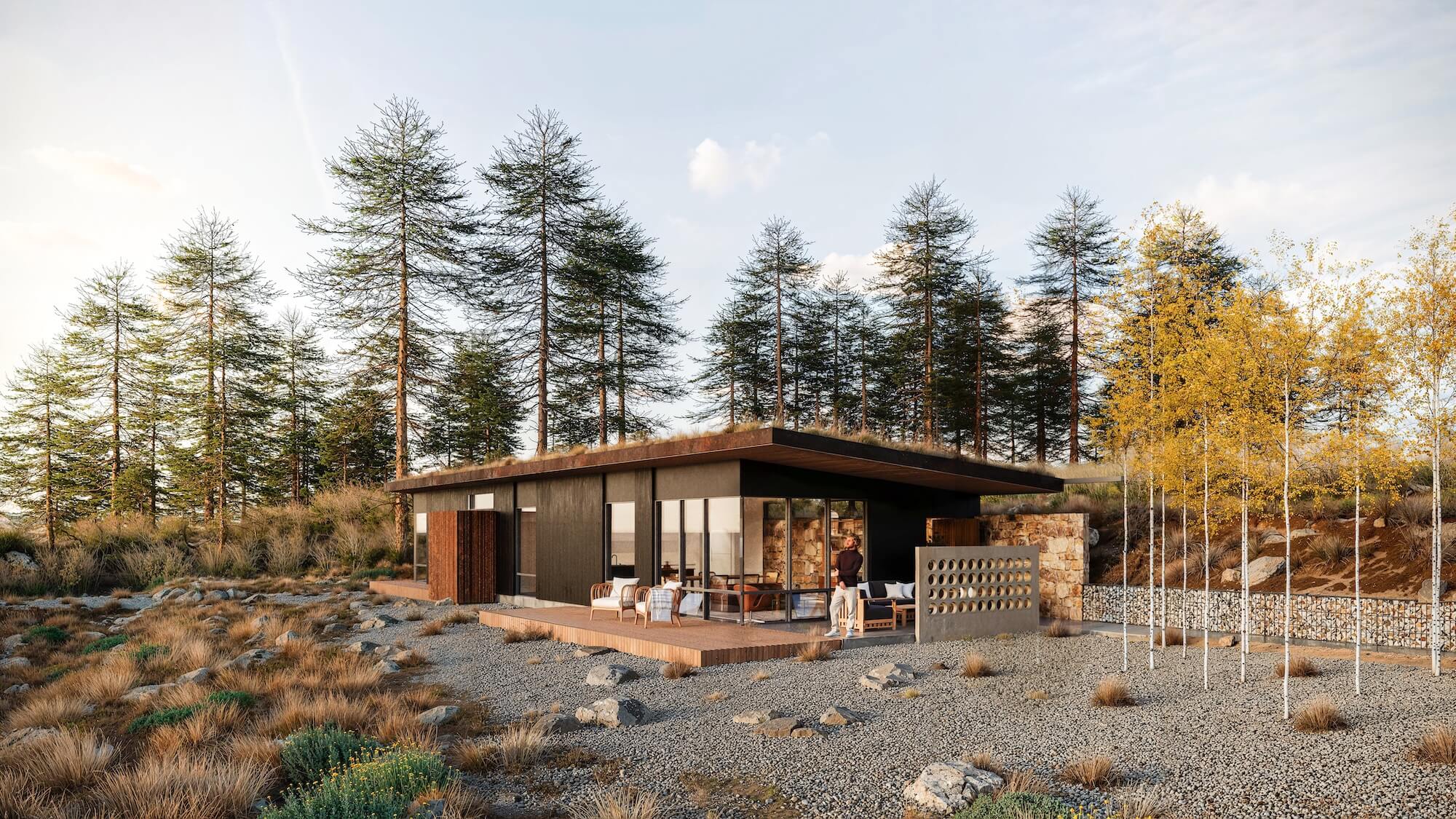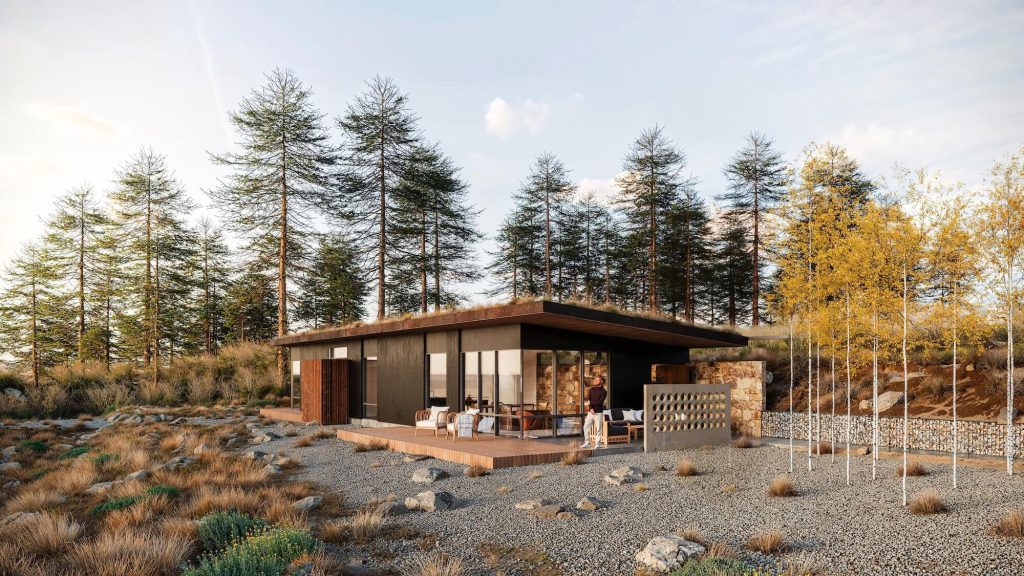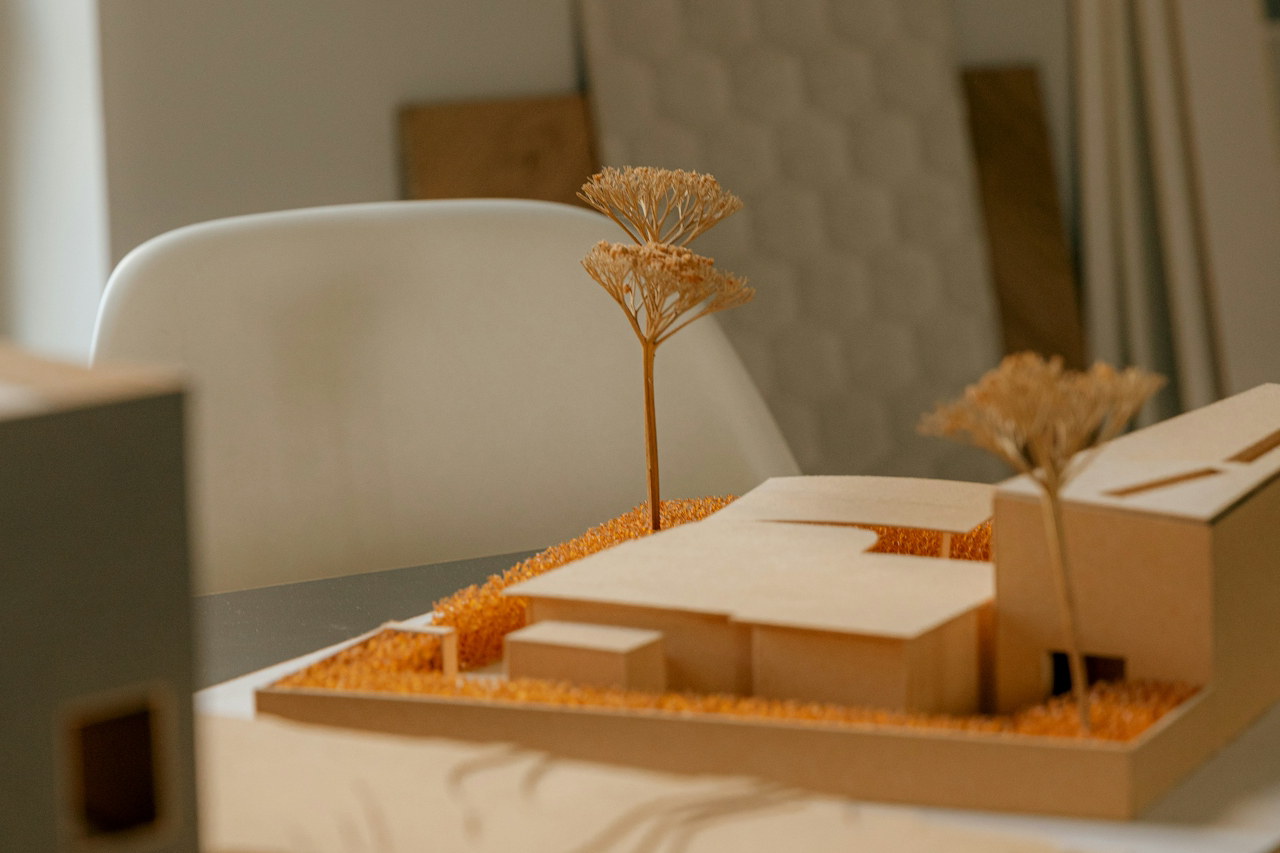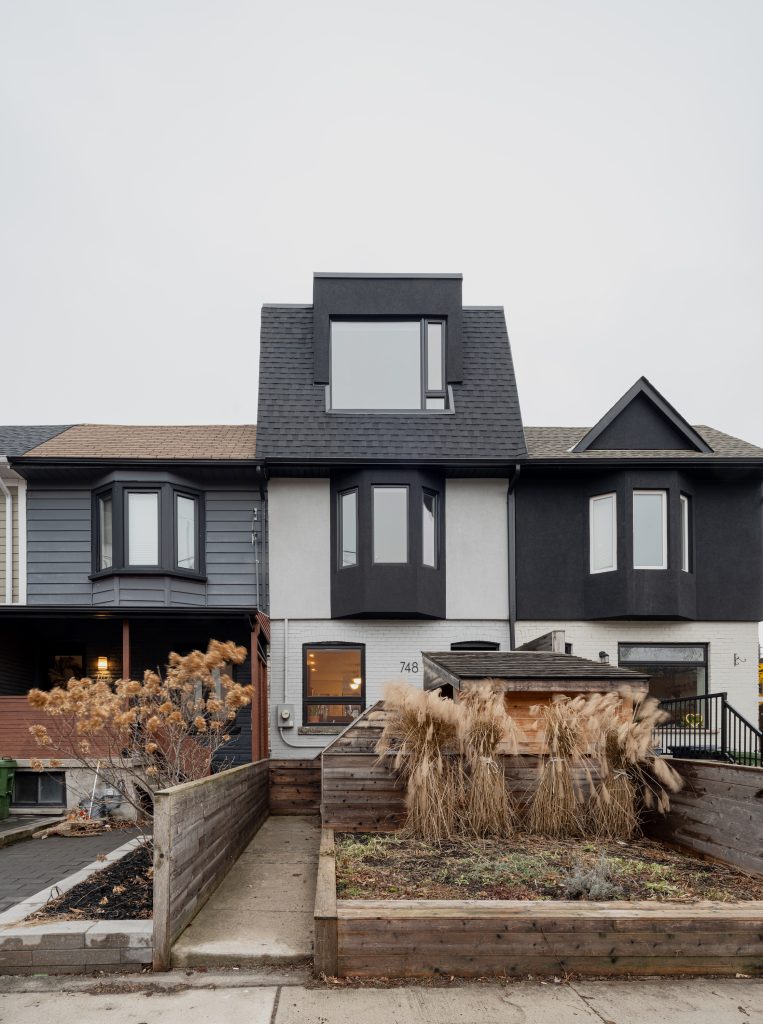“Why are other studios getting so much more traffic than we are? We’re doing great work, too.”
At Tiny House Digital, we hear this often from architecture firms with outstanding portfolios, talented teams, and exciting ideas about the built environment. Many have already taken important steps to get noticed — sharing work on Instagram and LinkedIn, being featured in press like Dezeen and Dwell, and winning awards from organizations like AIA chapters and Architecture MasterPrize.
These signals build trust, make your studio memorable, and give your marketing a head start. But they can also work hard for you on your website — driving traffic and inquiries. With the right plan in place, they will.
Many studio websites are beautifully designed and center around a homepage, a portfolio, and a contact page. These are essential, but on their own, they’re not always built to generate consistent traffic, inquiries, or long-term business growth.
To actively support your business development goals, your website can go beyond a showcase of finished work. It can become a connected system of content that highlights your expertise, tells your story, and builds authority in the sectors and locations where you want more projects.
This post is a big-picture overview of how to create that system, and the first article in our Content Marketing for Architects series, where we break down best practices for each key page type.
Define, Build, Grow
We use a three-phase approach to turn the work you’re already doing into a growth strategy that helps you get found online and win more projects.
Phase 01: Define Your Focus
Before creating anything, ask: Where do we want to win more projects?
For some firms, it’s location-specific:
- Getting more work in Chicago, New York, Toronto, or Vancouver
- Entering secondary or emerging markets
For others, it’s sector-focused:
- Residential: single-family, additions, laneway, multiplex
- Adaptive Reuse & Infill: heritage, urban densification
- Hospitality: hotels, restaurants
- Civic & Cultural: community centres, libraries, museums
In most cases, it’s a mix of both. Your target sectors and markets should directly shape the pages you build and the stories you tell.
Phase 02: Build Your Core Pages & Supporting Content
Now that you have your focus, you can start building the pages that speak directly to your ideal clients and projects.
We typically recommend building out 12 types of pages:
Homepage
- Your main entry point for people searching your studio name, clearly stating what you do, who you do it for, and where, with proof through featured projects.
- Example: Hariri Pontarini
Studio About Page
- A page that shares your studio’s story, values, and process, introduces your team, and shows the impact you aim to have on clients and the community.
- Example: END Studio
Principal Bio Pages
- Pages dedicated to your leadership team, highlighting credentials, career history, design philosophy, notable projects, awards, publications, and speaking or teaching experience.
- Example: Olson Kundig
Contact Page
- A page for inquiries that makes it easy for prospects, collaborators, and media to connect, with a clear call to action such as a form or list of emails, plus your address and phone number.
- Example: Feldman Architecture
Areas of Expertise Pages
- Pages for each sector you want to grow, showing projects, process, and expertise, sector-specific trends and insights, key team members, and awards or media recognition.
- Example: Gensler
Location Pages
- Pages that showcase your local office, team, and projects, connect your design philosophy to the region, and share community news.
- Example: Perkins&Will
Project Pages
- Pages dedicated to individual projects with professional photography, a clear description, key details (location, type, size, photography credits), collaborator credits, and optional media like films, awards, or press.
- Example: John Ellway
Case Studies
- Narratives that reveal the client’s challenge, your design thinking, and the outcome, supported by sketches, schematics, 3D models, renders, construction images, and completed photography.
- Example: Mihaly Slocombe
Awards Page
- A chronological list of awards, including the year, award name, and the project or principal recognized.
- Example: Akb Architects
Press Page
- A chronological list of publication mentions and features, organized by year, with the publication name and the related project or topic.
- Example: MacKay-Lyons Sweetapple Architects
Thought Leadership Posts
- Articles that explore big challenges or new ideas in the built environment, using data, built work, renders, and concept designs to support your perspectives.
- Example: MVRDV
Company Announcements
- Short updates about project news, permits, awards, press features, team changes, or speaking events.
- Example: PLP Architecture
Most firms already have the raw material for these pages — often tucked away in folders, proposals, and press archives. The goal is to bring it together in one connected, visible place.
All of this content sends a clear signal: We’re active. We’re experienced. We’re doing this kind of work right now.
Phase 03: Grow Your Authority
Once your core pages are live, you can keep showcasing expertise by creating more supporting content and linking it internally across your site.
Examples:
- Homepage: Link to Studio About, Areas of Expertise, Projects, Awards, and Press pages
- Expertise Pages: Link to relevant Project and Company Announcement pages
- Case Studies: Link to revelant Areas of Expertise and Principal Bio pages
- Awards/Press Pages: Link to related Projects and Company Announcement pages
- Company Announcements: Link to relevant Projects and Principal Bio pages
Internal linking turns your site into a clear, interconnected system; one that clients, collaborators, press, and search engines can easily navigate and understand.
Your Website’s Role in the Bigger Marketing Picture
Your website is just one part of your marketing strategy — but it’s a critical one. It’s where prospective clients go to learn about your studio and team, understand your expertise, view your portfolio, and decide if you’re the right fit for their project.
For many studios, the website works as a portfolio. But with a content marketing system, it can do even more. It can become:
- The first impression that proves your expertise in the exact sector or location a client is searching for
- The proof you’ve delivered this kind of project before — and done it well
- A growth channel that drives consistent, qualified inquiries
And its value goes even further. Your website can become the hub for your entire marketing and business development pipeline, fueling — and being fueled by — other channels:
- Social Media Content: Turn your announcements, projects, case studies, awards, press, and thought leadership into a steady stream of posts that link back to your site
- Email Newsletters: Keep subscribers engaged with studio updates and project news
- Proposals: Strengthen pitches with real examples pulled directly from your site
- Press & Media: Make it easy for media to contact you, see your awards, press features, and projects all in one place
Your Next Step to More Visibility and New Work
At Tiny House Digital, we help architecture firms navigate these phases so you can align your website with your business development goals to get found online and win the right kind of new work.
Your website is one of the most valuable long-term assets your studio owns, and we can help you build a content marketing strategy entirely on work you’re already doing.
If you’re ready to build a system like this for your studio, book a free 20-minute strategy call.
Over the next few weeks, we’ll be sharing more in our Content Marketing for Architects series.
